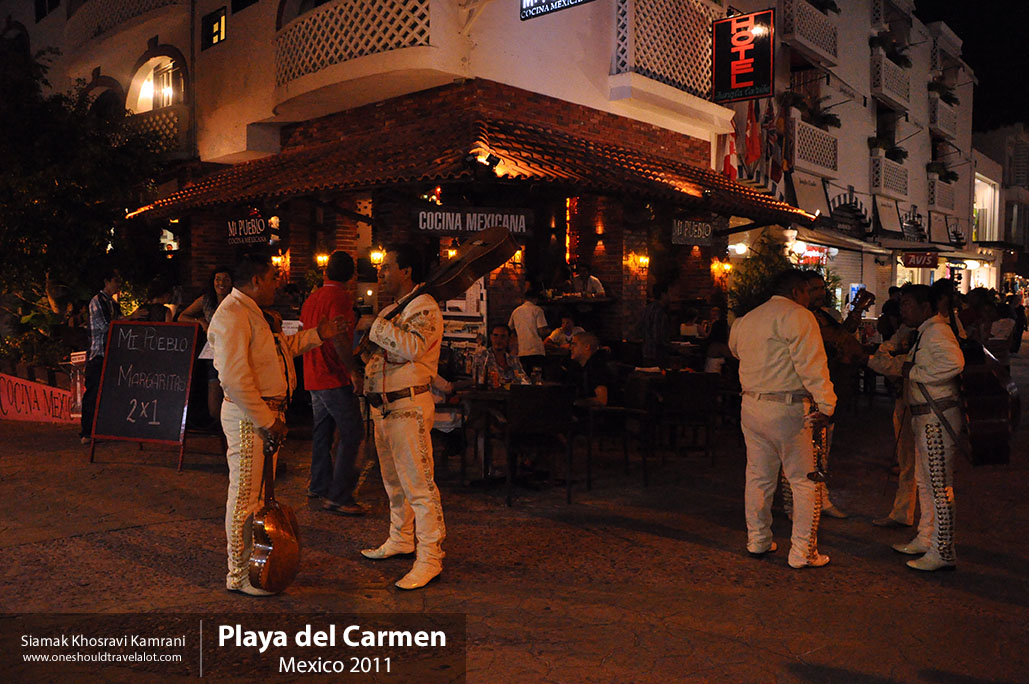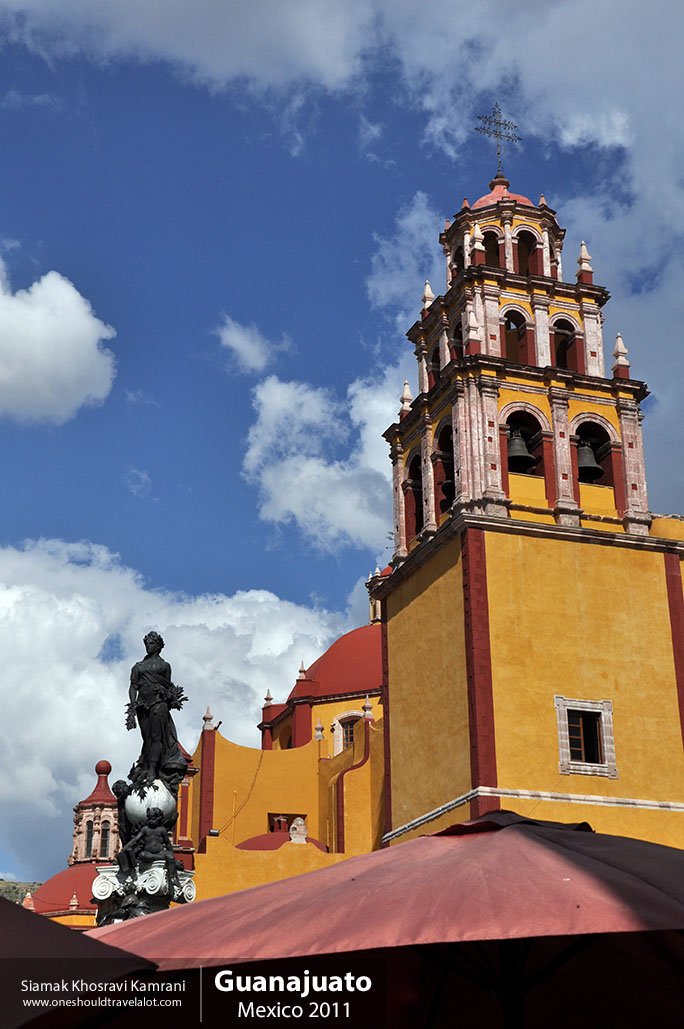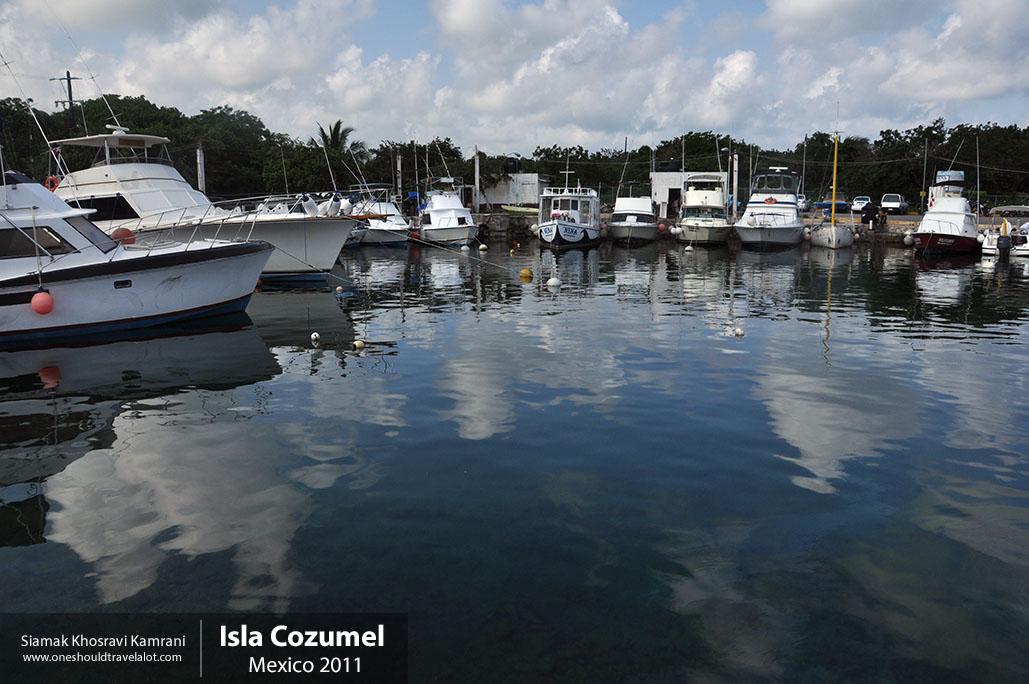Exploring Uxmal: A Journey Through the Heart of the Maya Civilization
Arrival in Uxmal: A First Glimpse
As I stepped off the bus and onto the ancient grounds of Uxmal, a sense of awe washed over me. This wasn’t just another travel destination; it was a portal to a bygone era. Nestled in the Yucatán Peninsula of Mexico, Uxmal is a testament to the grandeur of the Maya civilization. The air was thick with history and the promise of discovery, and I was ready to capture it all through my lens.
The Pyramid of the Magician: A Majestic Marvel
The first sight that greeted me was the imposing Pyramid of the Magician, or “Pirámide del Adivino.” Rising above the jungle canopy, its rounded edges and towering height immediately commanded attention. Legend has it that this pyramid was built in a single night by a dwarf magician, but archaeologists date its construction to the 6th century. As I framed the pyramid in my camera, I couldn’t help but marvel at the ingenuity and skill of the ancient Maya architects.
The Nunnery Quadrangle: An Architectural Gem
Just a short walk from the pyramid lies the Nunnery Quadrangle, a complex of four grand palaces arranged around a central courtyard. The intricate carvings and mosaics that adorned the buildings were a photographer’s dream. Each stone seemed to tell a story, depicting scenes of Maya mythology and daily life. I spent hours here, capturing the play of light and shadow on the ancient carvings, and imagining the vibrant community that once thrived within these walls.
Local Culture and Traditions
While Uxmal is steeped in ancient history, the surrounding region is alive with contemporary Maya culture. The Yucatán Peninsula is home to a large Maya population, and their customs and traditions are woven into the fabric of daily life. I was fortunate enough to visit during a local festival, where the streets were filled with the sounds of traditional music and the vibrant colors of embroidered huipils, the traditional garments worn by Maya women.
Tasting the Flavors of Yucatán
No journey is complete without savoring the local cuisine, and Yucatán did not disappoint. The food here is a delightful fusion of Maya, Spanish, and Caribbean influences. I relished dishes like cochinita pibil, a succulent pork dish marinated in achiote and sour orange, and sopa de lima, a refreshing chicken soup flavored with lime. Each meal was a culinary adventure, and I made sure to capture the vibrant colors and textures of the food through my camera.
The Language of the Land
Spanish is the official language of Mexico, but in the Yucatán Peninsula, many people speak Yucatec Maya. It’s a melodic language that adds another layer of richness to the region’s cultural tapestry. As I interacted with locals, I picked up a few phrases and found that even a basic attempt to speak their language opened doors and hearts. The warm smiles and welcoming gestures made me feel like more than just a visitor; I felt like a part of the community.
Exploring Beyond Uxmal
While Uxmal was the centerpiece of my journey, the surrounding region offered plenty of additional wonders. I took day trips to nearby sites like Kabah, Sayil, and Labná, each with its own unique charm and historical significance. The Puuc Route, as this series of sites is known, is less crowded than the more famous Chichén Itzá, providing a more intimate and contemplative experience.
The Standard of Living and Societal Conditions
The Yucatán Peninsula, while rich in culture and history, is also marked by a mix of modernity and tradition. In cities like Mérida, just an hour’s drive from Uxmal, colonial architecture stands alongside contemporary buildings, and the streets bustle with a blend of old and new. However, rural areas around Uxmal reflect a simpler way of life, with small villages where agriculture remains a primary occupation. Despite economic challenges, the spirit of the people is resilient, and their hospitality is boundless.
A Photographic Journey
Everywhere I turned in Uxmal, there was something worthy of a photograph. The lush green of the surrounding jungle, the intricate details of ancient carvings, and the vibrant hues of local textiles all combined to create a tapestry of colors and textures. My camera became an extension of my curiosity, capturing moments that I knew I would treasure forever.
The Magic of Uxmal: A Lasting Impression
As my time in Uxmal drew to a close, I found myself reflecting on the profound impact this journey had on me. This wasn’t just a trip to an archaeological site; it was an immersive experience that connected me to the past and present of the Maya people. Uxmal, with its majestic ruins and vibrant culture, had left an indelible mark on my heart and soul.
Additional Information for Travelers
Getting There
Uxmal is located about 62 kilometers (39 miles) south of Mérida, the capital of the Yucatán state. The easiest way to get there is by car, but there are also buses and guided tours available from Mérida.
Best Time to Visit
The best time to visit Uxmal is during the dry season, from November to April, when the weather is more temperate. However, be prepared for crowds, as this is also the peak tourist season.
Where to Stay
There are several accommodation options near Uxmal, ranging from budget-friendly hotels to more luxurious resorts. Staying in nearby towns like Santa Elena or Ticul can also provide a more authentic local experience.
Tips for Photographers
- Visit early in the morning or late in the afternoon to capture the best light and avoid the harsh midday sun.
- Bring a tripod for stability, especially for shots inside darker areas like the Governor’s Palace.
- Take time to explore different angles and perspectives—Uxmal’s architecture offers endless photographic opportunities.
In the heart of Uxmal, the past and present intertwine, creating a rich tapestry of history, culture, and human connection. As a photographer, I was privileged to capture a small piece of this magic, and I hope my journey inspires others to embark on their own adventure through the timeless lands of the Maya.



